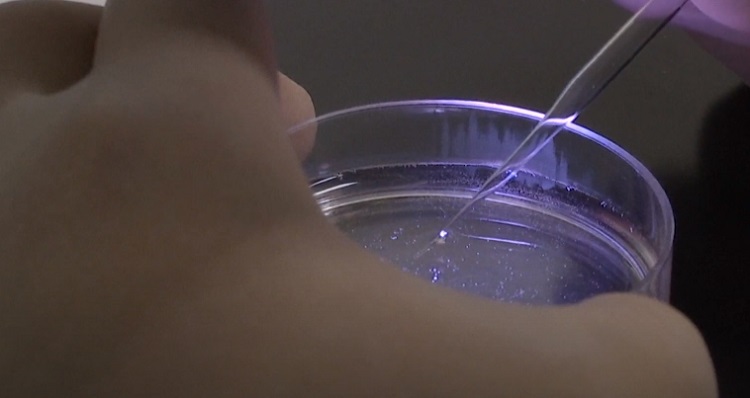On Tuesday, Chinese scientists announced the successful cloning of the first healthy rhesus monkey, a two-year-old named Retro.
The cloning process involved modifications to the technique used for creating Dolly the sheep. The researchers believe that this advancement could expedite drug testing, as genetically identical animals yield consistent results, enhancing reliability in trials.
Previous efforts to clone rhesus monkeys resulted in either unsuccessful births or offspring that succumbed within a few hours.
The development has raised concerns from an animal welfare group.
In sexual reproduction among mammals, offspring inherit a combination of genes from both parents.
In cloning, methodologies are employed to generate a genetically identical duplicate of an individual.
Notably, Dolly the sheep, the most renowned cloned animal, was created in 1996 through the reprogramming of a cell from another sheep into embryos, which were then implanted into a surrogate mother.
The scientists, reporting their findings in the journal Nature Communications, assert that they have essentially replicated this process with a rhesus monkey, and the animal has remained in good health for over two years, signifying the success of the cloning procedure.
Hurdles in Traditional Embryonic Cell Reprogramming

The conventional approach to cloning adult cells into embryonic cells encounters challenges, primarily associated with errors in reprogramming.
In most attempts, a low percentage, typically ranging from 1 to 3% in most mammals, results in live births, and even fewer offspring are born healthy.
Rhesus monkeys have posed additional difficulties, with no successful births until the research team achieved it two years ago.
The researchers identified that in unsuccessful attempts with rhesus monkeys, the cloning process inadequately reprogrammed the placentas, responsible for supplying oxygen and nutrients to the developing fetus, leading to abnormal development.
To address this issue, the researchers adopted a different strategy by excluding the outer part of the cloned embryo, which typically evolves into the placenta, where reprogramming errors occurred. Instead, they extracted the inner cells, destined to form the body of the animal, and inserted them into a non-cloned outer embryo.
This innovative approach aimed to facilitate the development of a normal placenta, as illustrated in the accompanying graphic.
